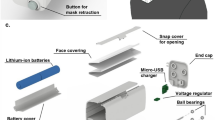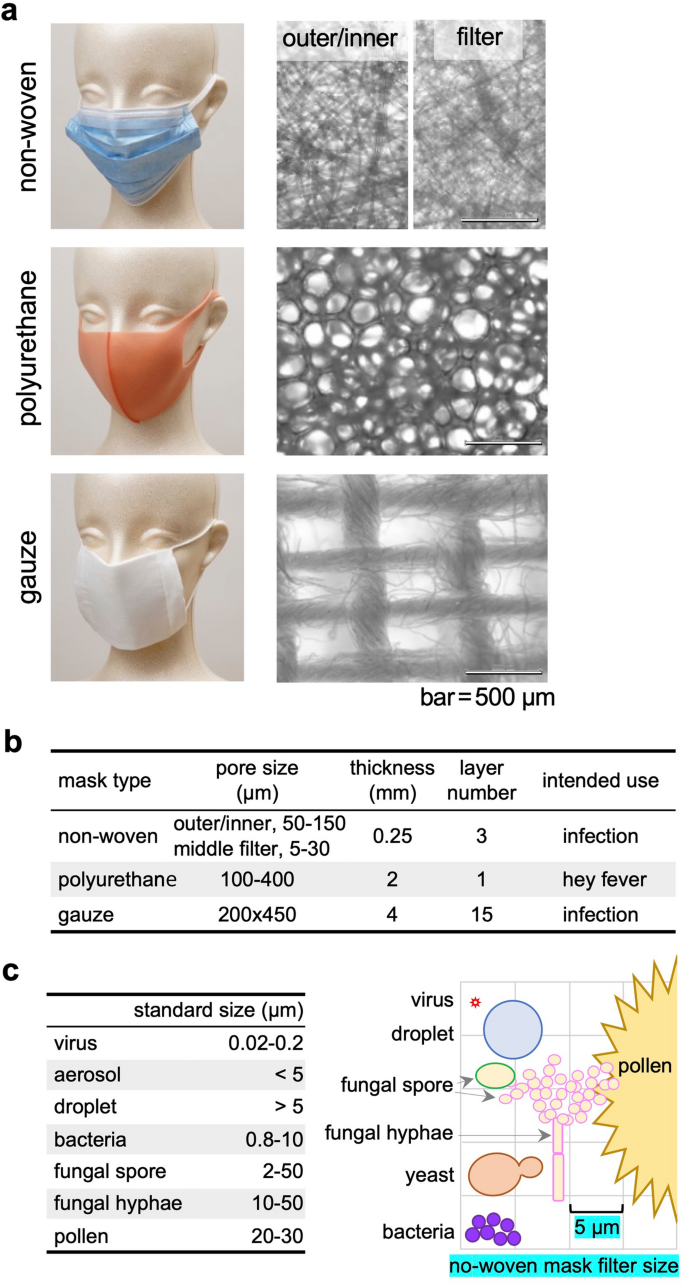Originally posted by Brain dead idiot
Ahh...another pearl of wisdom from our medically ignorant brain-dead idiot. Where exactly do you think the bacteria came from? Bacterial contamination of masks is a huge problem today as it was then. Here is a NIH study showing bacterial contamination of masks as a problem, moron. In 1918, they did not have the knowledge to study this but the hypothesis is not only plausible but, based on today's studies, likely.
Please, by all means, follow the WEF-controlled MSM's dictates. Enjoy your meals of insects laced with toxic spike proteins and wear three masks around your filthy mouth and nose as. tight as possible 24 hours a day! I mean, while you are at it, since you have no problem viewing all of us as a "cancer," you could up your game and put a plastic bag over your head and do the planet a favor! After you bro!
https://www.ncbi.nlm.nih.gov/pmc/articles/PMC9883076/
Evaluation of the bacterial contamination of face masks worn by personnel in a center of COVID 19 hospitalized patients: A cross-sectional study
- Journal List
- New Microbes New Infect
- v.52; 2023 Mar
- PMC9883076
Learn more: PMC Disclaimer | PMC Copyright Notice
 New Microbes New Infect. 2023 Mar; 52: 101090.
New Microbes New Infect. 2023 Mar; 52: 101090.Published online 2023 Jan 28. doi: 10.1016/j.nmni.2023.101090
PMCID: PMC9883076
PMID: 36744172Evaluation of the bacterial contamination of face masks worn by personnel in a center of COVID 19 hospitalized patients: A cross-sectional study
Milad Yousefimashouf,aRasoul Yousefimashouf,b,cMohammad Sina Alikhani,eHamid Hashemi,dPezhman Karami,dZahra Rahimi,c and Seyed Mostafa Hosseinic,d,∗
Author information Article notes Copyright and License information PMC Disclaimer
Go to:Abstract
Background
During the Coronavirus Pandemic, the use of masks has increased significantly. The lack of control on hygiene protocols and the need to use PPE properly increases the spread of bacterial infection. The purpose of this study was to investigate the degree of contamination and frequency of bacterial species isolated from surgical and N95 masks used by hospital personnel.
Methods
A total number of 175 masks were collected from staff working in Sina hospital (Hamadan province, Iran) during the first six months of 2022. The bacterial contamination of masks were evaluated and identified using biochemical kits. Antimicrobial susceptibility testing of the isolates were done using Kirby-Bauer methods and MIC were assessed for each isolate against different disinfectants (Sodium hypochlorite 5%, Hydrogen Peroxide 3%, Ethanol 70% and Deconex).
Results
Of 175 masks, 471 bacterial isolates were detected including 9 species. The most prevalent strain were Coagulase negative Staphylococcus (28%) followed by Acinetobacter (20.8%) and Pseudomonas (13.8%), while, Klebsiealla and Enterococcus were the least frequent species with the rate of 3.8% and 1.2%, respectively. The results of MIC methods indicated that all 471 strains were resistant to ehtanol70% and sensitive to hydrogen peroxide 3%. Furthermore, the mean average of Deconex inhibitory effect is lower than Sodium hypochlorite 5%.
Conclusions
According to the results of this study, there was a high prevalence of CoNS, Acinetobacter and Pseudomonas in hospital with a high resistance pattern against antibiotics especially Ampicillin and disinfectants.






Comment